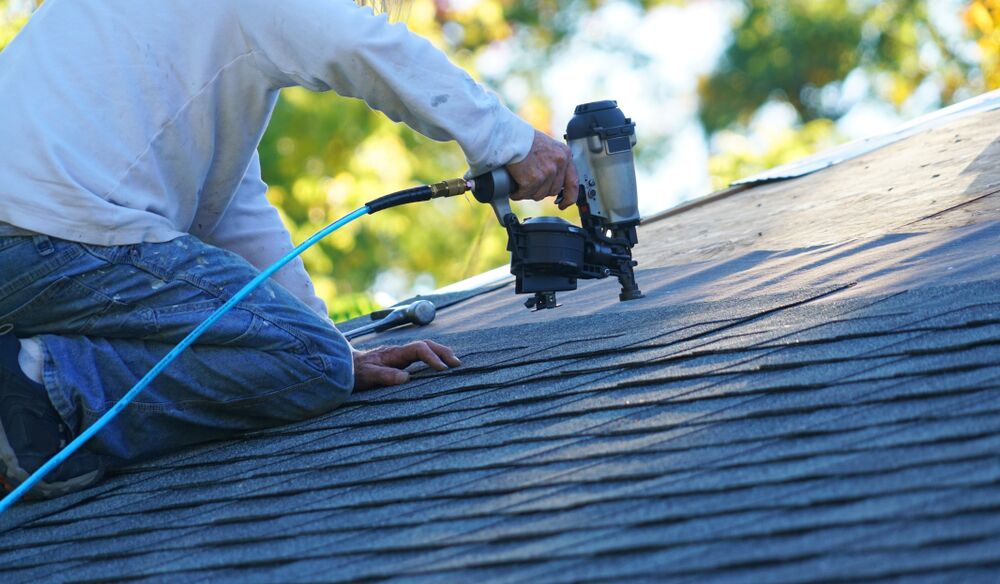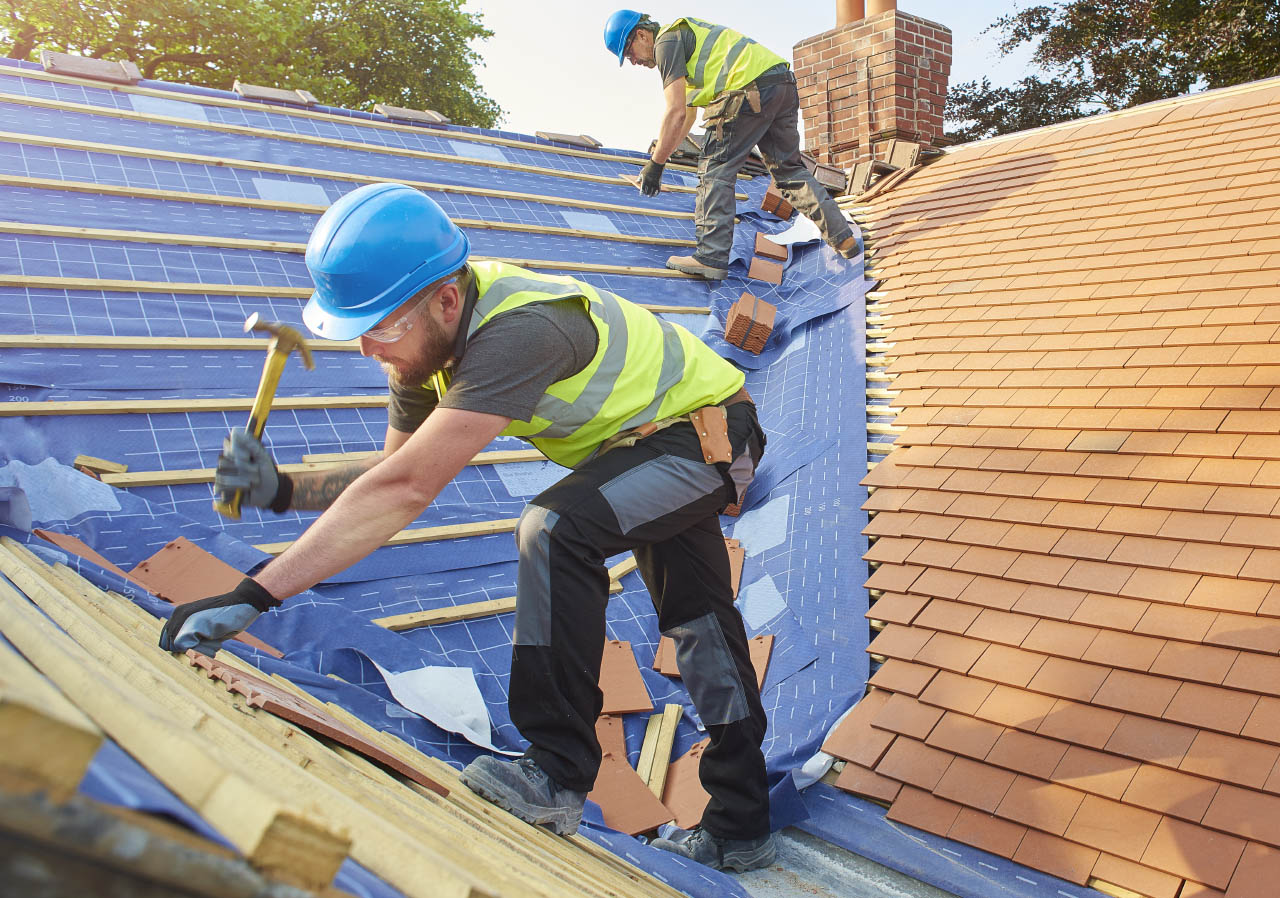Roof Repair Oahu: Specialist Roof Services for Lasting Defense
Roof Repair Oahu: Specialist Roof Services for Lasting Defense
Blog Article
Comprehending the Different Sorts Of Roof Coverings: A Comprehensive Overview for Homeowners
In the world of homeownership, picking the proper roof style is a choice that brings significant effects for both capability and aesthetic appeal. With a range of alternatives-- ranging from the conventional gable to the modern level-- each kind offers distinct benefits and challenges that must line up with the house owner's certain demands and environmental factors to consider. Comprehending these distinctions not just help in making an enlightened option but likewise influences long-lasting upkeep and power performance. As we discover the details of various roof kinds, it becomes obvious that a person size does not fit all; the right selection might amaze you.
Saddleback Roof
Saddleback roofs, identified by their triangular form, are amongst one of the most preferred roof designs as a result of their simplicity and effectiveness in shedding water and snow. This style features 2 sloping sides that meet at a ridge, permitting for effective drain and lessening the threat of water accumulation. The high pitch generally connected with gable roof coverings improves their capability to handle heavy precipitation, making them suitable for various environments.
Along with their functional advantages, gable roof coverings provide aesthetic versatility. They can be adapted to different building designs, from typical to modern homes. The style can likewise suit additional features such as dormer windows, which boost natural light and air flow in the attic area.
Additionally, gable roof coverings give enough room for insulation, contributing to energy performance. House owners can pick from a variety of roof covering products, consisting of asphalt shingles, steel, and floor tiles, even more enhancing modification alternatives.
Despite their advantages, saddleback roofs might require additional support in locations susceptible to high winds or hefty snowfall. In general, the gable roof continues to be a favored selection due to its blend of capability, resilience, and visual charm.
Flat Roofs
Level roofing systems are often identified for their minimalist style and functional applications, particularly in industrial and commercial setups (oahu roofing). These roofs include a horizontal or almost straight surface, which permits simple building and construction and versatile space application. While they might do not have the aesthetic appeal of angled roofs, flat roofs supply numerous advantages, specifically in urban environments where making the most of room is important
Among the primary benefits of level roof coverings is their ease of access. Home owners can utilize the roofing system space for different functions, such as roof yards, balconies, or solar panel setups. Additionally, level roofings are normally much more cost-effective to mount and preserve compared to their sloped equivalents, as they need fewer products and labor.
Typical materials made use of for flat roofs include built-up roofing (BUR), changed asphalt, and single-ply membrane layers, each offering distinct benefits. In general, flat roofings offer as a functional and versatile selection for numerous homeowners and companies alike.
Hip Roofings
Hip roofing systems are defined by their sloped sides that assemble on top, developing a ridge. This layout is distinct from gable roofing systems, as all four sides of a hip roof covering incline downwards toward the walls, supplying a more steady framework. The angle of the slopes can vary, enabling adaptability in building aesthetics and functionality.
Among the primary benefits of hip roofings is their capacity to stand up to hefty winds and unfavorable weather condition problems. The sloped surface areas allow much better water drain, reducing the threat of leakages and water damage. In addition, hip roofings use boosted attic room area, which can be utilized for storage space and even transformed into livable locations.
However, creating a hip roofing system can be much more intricate and pricey than simpler roofing system kinds, such as gable roofings. The extra material and labor included in producing the inclines and guaranteeing correct architectural integrity can result in greater expenses. Regardless of these disadvantages, many property owners favor hip roof coverings for their durability, visual allure, and capacity for power performance.
Mansard Roofings
Mansard roofings, typically recognized by their special four-sided layout, attribute two inclines on each side, with the lower incline being steeper than the top. This architectural design, stemming from France in the 17th century, is not only aesthetically attractive yet useful, as it optimizes the useful area in the top floors of a structure. The steep reduced slope enables for more clearance, making it an ideal option for attics or loft spaces, which can be converted right into living rooms.
Mansard roofing systems are defined by their versatility, accommodating various architectural styles, from typical to modern-day. They can be created with various products, consisting of asphalt shingles, slate, or steel, supplying property owners with a variety of choices to match their preferences and spending plans. Additionally, the style allows for the integration of dormer home windows, enhancing all-natural light and ventilation in the upper degrees.
Nonetheless, it official statement is necessary to consider the potential downsides. Mansard roofings might require even more maintenance due to the intricacy of their style, and their high slopes can be testing for snow and rain overflow. Overall, mansard roofing systems combine elegance with functionality, making them a popular choice among house owners looking for distinctive architectural attributes.
Lost Roofings
As house owners progressively seek simpleness and functionality in their architectural designs, lost roof coverings have actually arised as a popular option. Characterized by a solitary sloping aircraft, a shed roof covering provides additional resources a minimal visual that matches various home styles, from modern to rustic.
One of the key advantages of a shed roofing system is its straightforward building, which typically equates to decrease labor and product prices. This style enables for reliable water drainage, reducing the threat of leakages and water damages. Furthermore, the vertical slope offers adequate space for skylights, boosting natural light within the interior.
Dropped roof coverings additionally supply versatility in regards to use. They can be properly incorporated into enhancements, garages, or exterior structures like structures and sheds. In addition, this roofing style can fit different roof products, including metal, asphalt roof shingles, or perhaps green roof coverings, lining up with environment-friendly campaigns.
However, it is necessary to consider local environment problems, as heavy snow lots might require changes to the roofing system's angle or framework. Generally, shed roofings present a useful and next page aesthetically pleasing alternative for property owners looking to maximize capability without endangering style.
Conclusion


Gable roofings, identified by their triangular shape, are amongst the most prominent roof covering designs due to their simpleness and performance in losing water and snow. oahu roofing. The steep pitch commonly linked with gable roof coverings improves their capability to handle heavy precipitation, making them suitable for numerous climates
While they might lack the visual charm of pitched roofings, level roofing systems provide countless advantages, particularly in metropolitan settings where making best use of area is critical.

Report this page